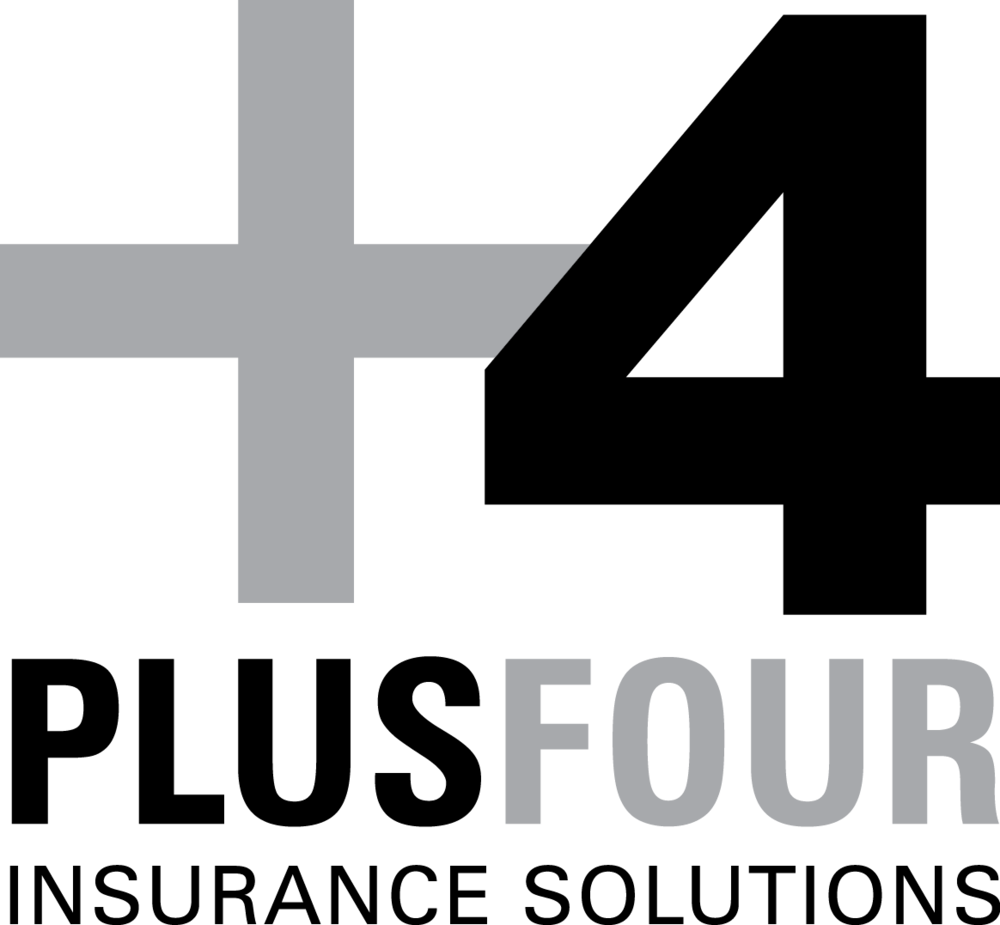Finding your insurance paperwork confusing? We’re here to help!
When it comes to paperwork, it doesn’t get much more formal (or lengthy) than your insurance policy. We’re here to help by sharing some of the key terms your policy is likely to contain – and what they mean.
Dust of those documents that you’ve filed, but haven’t had time to read, and let’s get started!
Your insurance paperwork is a legal document
Your insurance paperwork is lengthy because it’s a legal contract. That means it’s an important read. You need to understand your policy conditions and what level of cover you have.
Common insurance terms
Almost all insurance policies will use the following terms:
Insurance premium
This is the cost you agree to pay in exchange for being insured. Depending on your policy and your insurance company, you may pay a monthly or annual premium.
Your premium is determined by a number of different factors (like your age and what level of cover you wish to have), which means that the cost may change over time.
Sum insured
This is the maximum agreed amount your insurer will pay out if you make a claim.
Duty of disclosure
Your insurance company is providing you with a policy in good faith, so they will ask you to disclose all relevant information to them – such as any pre-existing health conditions.
It’s important that you are honest and transparent when dealing with your insurance provider. If, for some reason, you don’t make a full disclosure, they have the right to decline your claim and cancel the policy.
Underwriter
An underwriter works for your insurance company. They impartially evaluate the likely risk associated with your insurance policy, how much your premium should cost, and whether your claim should be paid.
These are obviously very important decisions, so an underwriter is an industry expert who will also use wider insurance data, as well as statistical models and statistical trends.
Specific policy terms for life and trauma insurance
Depending on what type of insurance policy you have, there may be different terms used in your insurance paperwork. Here are a few of the key terms you might come across when it comes to life and trauma insurance.
Terminal illness benefit
This term relates to life insurance. It means that if you become terminally ill, your insurance company will pay out some (or all) of your agreed cover. They’ll ask your health professional to verify that you are terminally ill.
Standalone cover
This relates to trauma insurance and, as the name suggests, it’s a stand-alone benefit. It gives you cover if you become ill with a condition specified in your policy. Some of the types of illnesses could include cancer or a heart attack.
Accelerated cover
This gives you cover that’s a combination of trauma and life insurance, if you become seriously ill or die – whichever occurs first.
Other types of trauma cover
You can also ‘add-on’ additional types of cover to suit your circumstances. These could include:
Life cover buyback – If your trauma cover has been paid out, you can choose to ‘buy back’ your life insurance cover; reinstating it to the same agreed amount before you made the claim.
Trauma cover reinstatement – This also applies after your trauma cover has been paid out. It gives you the option to reinstate your trauma cover to the original level.
Total and Permanent Disability insurance – Also known as TPD, this gives you a monthly pay out if you become totally disabled and unable to work.
Where to find a full insurance glossary
The NZ Insurance & Financial Services Ombudsman Scheme has a handy and helpful glossary on their website.
Confused? We’re here to help!
At Plus4, we understand it’s not always easy to decide which insurance policy and level of cover is best for you and your whānau. That’s why our experts make the process easy by understanding your needs and developing recommendations just for you. Get in touch with our friendly team now.

